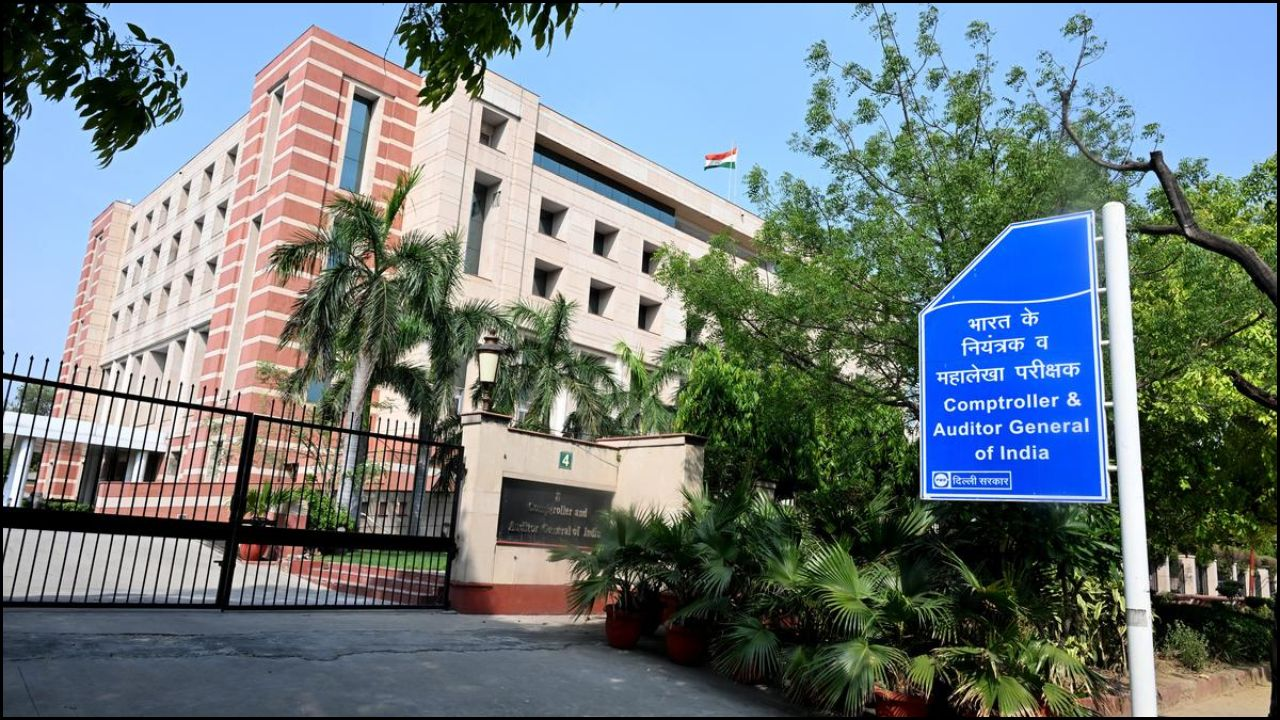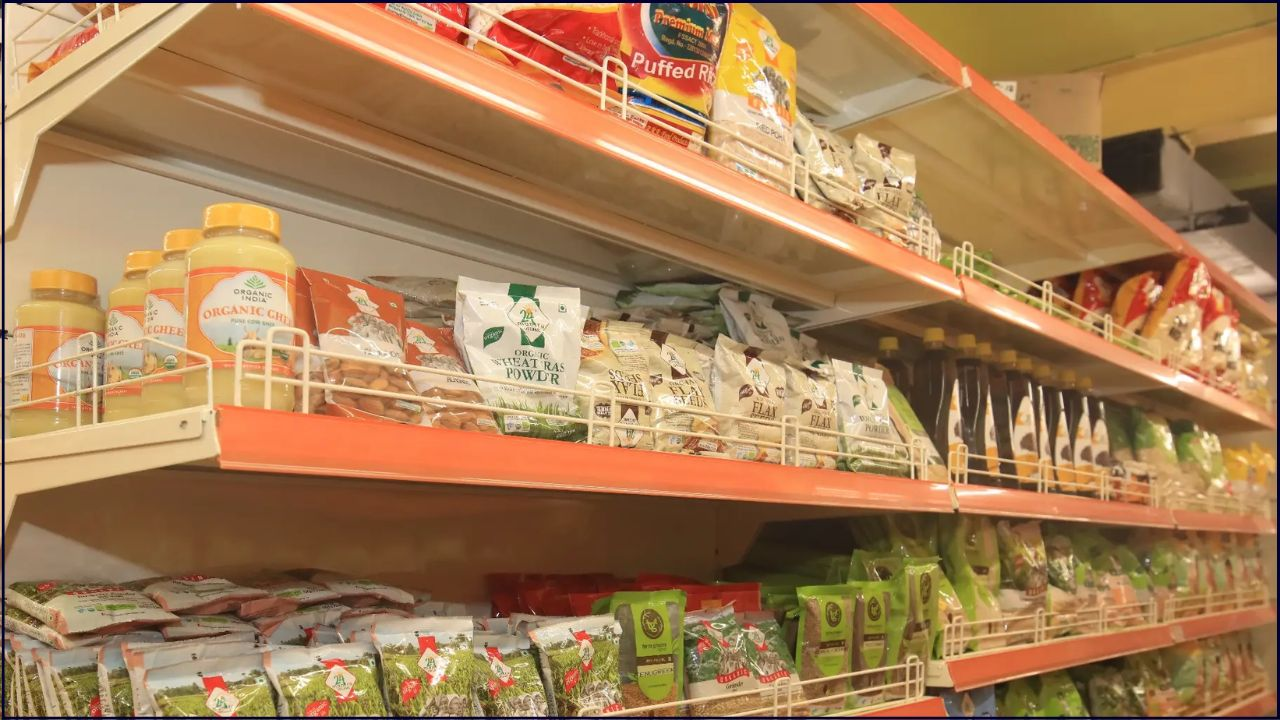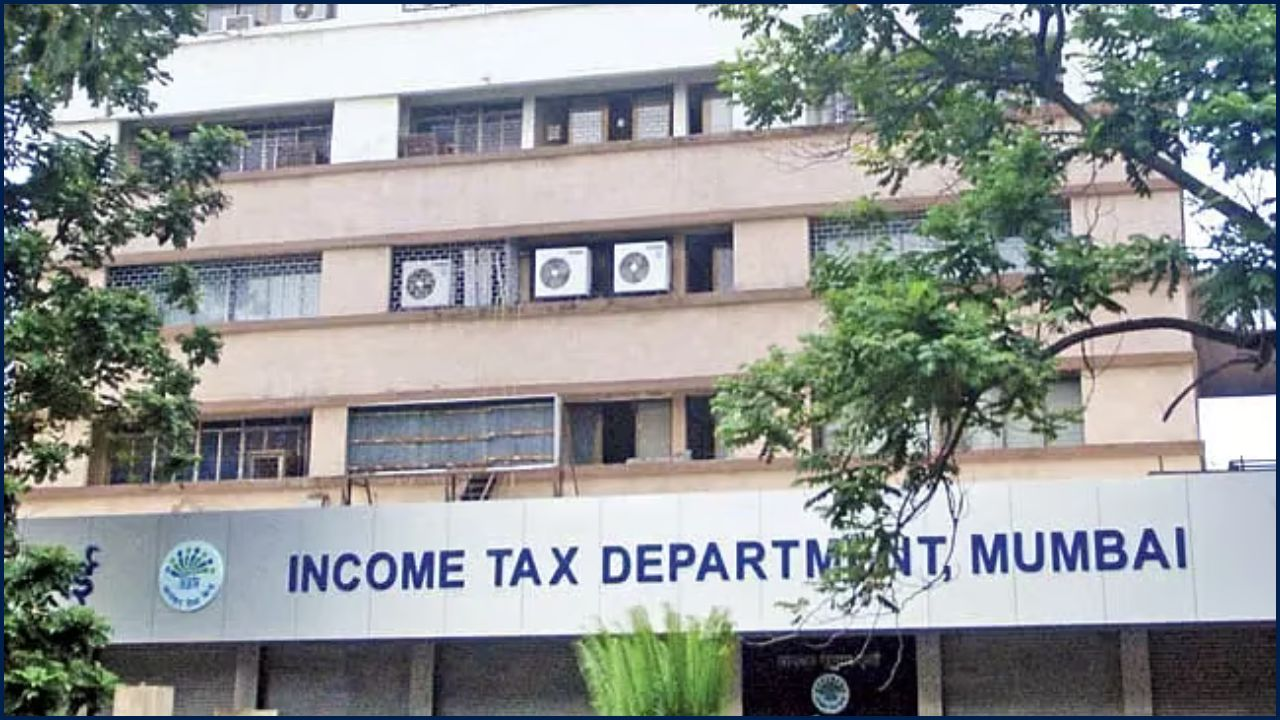
India’s recent GST rate cuts simplify the tax structure across key sectors, but the levy on gold and silver jewellery remains unchanged at 3 percent. While jewellers see no direct tax relief, industry leaders expect indirect benefits through stronger consumer demand.
GST 2.0 Reform: What Changed and What Stayed the Same
The Goods and Services Tax (GST) Council approved a major reform on 21 September 2025, reducing and consolidating tax slabs to improve compliance and spur economic activity. Essential goods and services shifted into lower brackets, while high-end items face a new 40 percent slab, according to the Ministry of Finance.
Despite widespread revisions, gold, silver, and jewellery remain taxed at 3 percent GST, while making charges continue to draw a 5 percent levy. The decision maintains stability for jewellers but does not reduce costs for buyers.
Jewellery Sector’s Reaction to GST Announcement
Industry voices acknowledged the unchanged rates but pointed to indirect gains.
- Somasundaram P.R., Regional CEO of the World Gold Council (India), said in a press briefing that the unchanged 3 percent rate “provides stability to the industry” but that “lower taxes in other sectors may leave households with more spending capacity, benefitting jewellery demand.”
- The All India Gem and Jewellery Domestic Council (GJC) welcomed the broader reform for simplifying compliance but urged future consideration of reducing GST on making charges, which directly affect affordability.
Indirect Benefits for Jewellers
Although jewellers did not receive a direct cut, analysts highlight three potential benefits:
- Boosted consumer spending power. With essential goods taxed lower, households may redirect savings towards discretionary purchases such as jewellery, particularly during festive and wedding seasons.
- Improved business sentiment. Simplified slabs are expected to ease compliance, reduce logistical costs, and strengthen supply chains that jewellers also rely on.
- Price predictability. By keeping GST unchanged for precious metals, the government ensures stability in pricing, allowing jewellers to plan inventory and margins without sudden tax shocks.
Why Global Factors Matter More for Gold and Silver Prices
Experts emphasise that GST has limited influence on the underlying prices of gold and silver.
- A report by ICICI Securities noted that international market trends, such as U.S. Federal Reserve interest rate decisions and dollar fluctuations, remain the strongest drivers of bullion prices.
- Domestic demand may rise due to GST-related disposable income gains, but retail prices of gold and silver will continue to mirror global spot prices.
Outlook for the Jewellery Market
Analysts expect jewellery sales to benefit modestly from the reform, particularly in the final quarter of 2025, which aligns with India’s peak wedding and festival season. However, jewellers may still face challenges from high raw material costs and international price volatility.
Ramesh Kalyanaraman, Executive Director of Kalyan Jewellers, told the Economic Times that while “the GST reform strengthens consumer confidence,” the sector’s long-term growth depends on stable gold imports and competitive pricing.
Conclusion
The GST overhaul marks a significant simplification of India’s tax system but offers no direct relief to the jewellery industry. Jewellers may nevertheless benefit from improved consumer sentiment and stronger discretionary spending. For gold and silver, however, international market forces remain the decisive factor shaping prices.
















